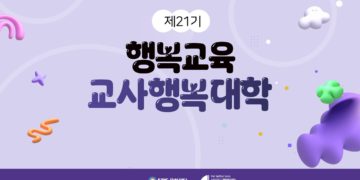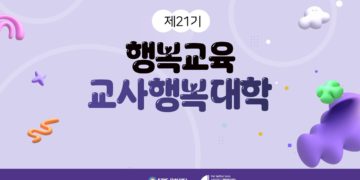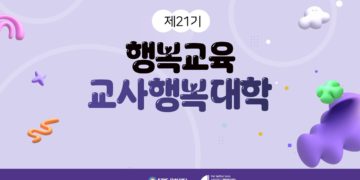Kircanski, K., Lieberman, M. D., & Craske, M. G. (2012). Feelings into words: contributions of language to exposure therapy. Psychological science, 23(10), 1086-1091.
A growing body of research has revealed that labeling an emotion, or putting one’s feelings into words, can help to downregulate that affect, as occurs with intentional forms of emotion regulation, such as reappraisal and distraction. We translated this basic research to a real-world clinical context, in which spider-fearful individuals were repeatedly exposed to a live spider. Using a between-subjects design, we compared the effects ...




![[연구참여자 모집/사례 지급] 자유연상 패턴과 심리적 속성 간의 관계 탐색](https://www.happyfinder.co.kr/wp-content/uploads/2024/05/워드프레스_연구참여자모집-360x180.png)









![[센터장 인사말] 서울대학교 행복연구센터의 센터장 최인철입니다.](https://www.happyfinder.co.kr/wp-content/uploads/2021/05/greetings-120x86.png)

![Vol.70 [행복달력] MAY Happiness Calendar](https://www.happyfinder.co.kr/wp-content/uploads/2022/04/5월_행복달력_커버페이지-1-120x86.png)




